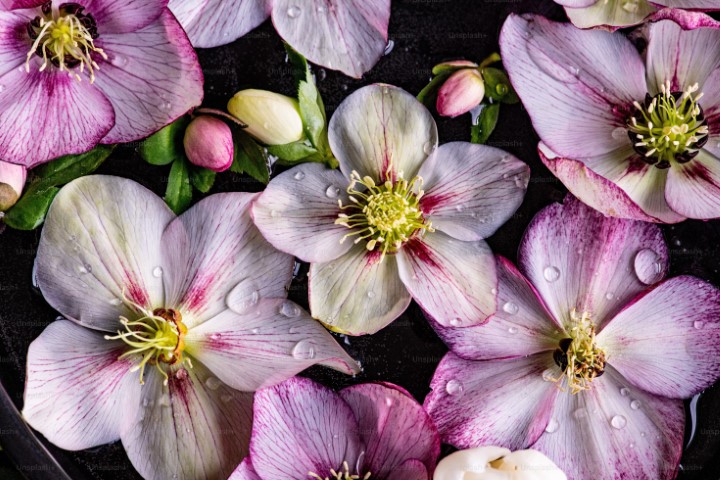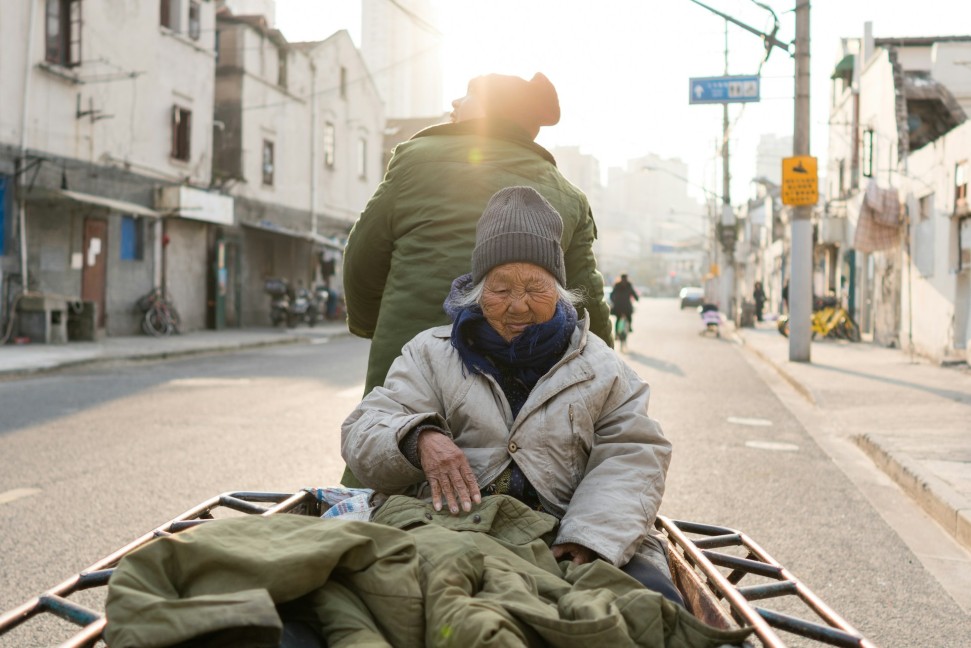From Green Beans to Bold Brew: Understanding the Coffee Roasting Process
Coffee has become an integral part of our daily lives, with millions of people around the world relying on a cup of Joe to jumpstart their mornings or keep themselves energized throughout the day. However, have you ever wondered how those green beans transform into the aromatic, flavorful brew we love? This is where coffee roasters come into play.
Coffee roasters play a crucial role in the coffee production process, turning the raw, green coffee beans into the roasted beans that eventually become the beverage we know and love. To understand their role better, let’s delve into the captivating journey of coffee beans as they undergo the roasting process.
It all begins with the selection of the finest green coffee beans, which are sourced from coffee-growing regions across the globe. These beans are typically hand-picked to ensure only the highest-quality ones make it into the roasteries. Once selected, the green beans are thoroughly examined for any defects or impurities to maintain the exceptional standards that coffee enthusiasts expect.
The roasting process starts by heating the green beans, typically in large roasting machines called coffee roasters. These machines are carefully designed to control the temperature, time, and air circulation during the roasting process, ensuring that the beans are roasted to perfection. The actual roasting is a complex chemical process where the beans undergo physical and chemical transformations, giving rise to distinct flavors and aromas.
During the roasting process, the coffee beans go through several stages. Initially, they release moisture and undergo a yellowing phase known as the “first crack.” This is when the beans begin to expand, and their flavors start to develop. As the temperature continues to rise, the beans will undergo a series of color changes, turning from yellow to light brown, medium brown, and eventually dark brown. The duration and temperature of the roast determine the strength and profile of the final brew.
Roasters play a vital role in determining the roast level and flavor profile of the coffee beans. They can choose from a range of roast levels, including light, medium, and dark roasts. Light roasts, often preferred for specialty coffee, bring out the unique flavors of the beans, allowing their origin characteristics to shine. Medium roasts strike a balance between flavors and acidity, while dark roasts are known for their bold, full-bodied taste with lower acidity.
After the desired roast level is achieved, the beans are immediately cooled to halt the roasting process. This is done either by air or water cooling methods, depending on the roaster’s preference and equipment. Cooling the beans promptly is crucial as it prevents them from continuing to roast and preserves their desired flavors and aromas.
Once the coffee beans are roasted and cooled, they are typically ground and brewed to create the final beverage. However, some roasters prefer to package the whole roasted beans, allowing consumers to freshly grind them at home for a more flavor-packed cup of coffee.
In conclusion, the journey of coffee beans from green to bold brew is an intricate and fascinating process. Coffee roasters employ their expertise, along with specialized equipment, to transform raw, green beans into the aromatic, flavorful beans we are familiar with. Their ability to control the roasting process and select the perfect roast level ultimately determines the taste, strength, and quality of the final cup of coffee. So, the next time you savor your favorite cup, take a moment to appreciate the hard work and expertise of the coffee roasters behind the scenes.
Publisher Details:
https://www.rostinoroasters.com/
https://www.rostinoroasters.com/
Rostino Roasters,
The leading manufacturer of coffee roasting machines









